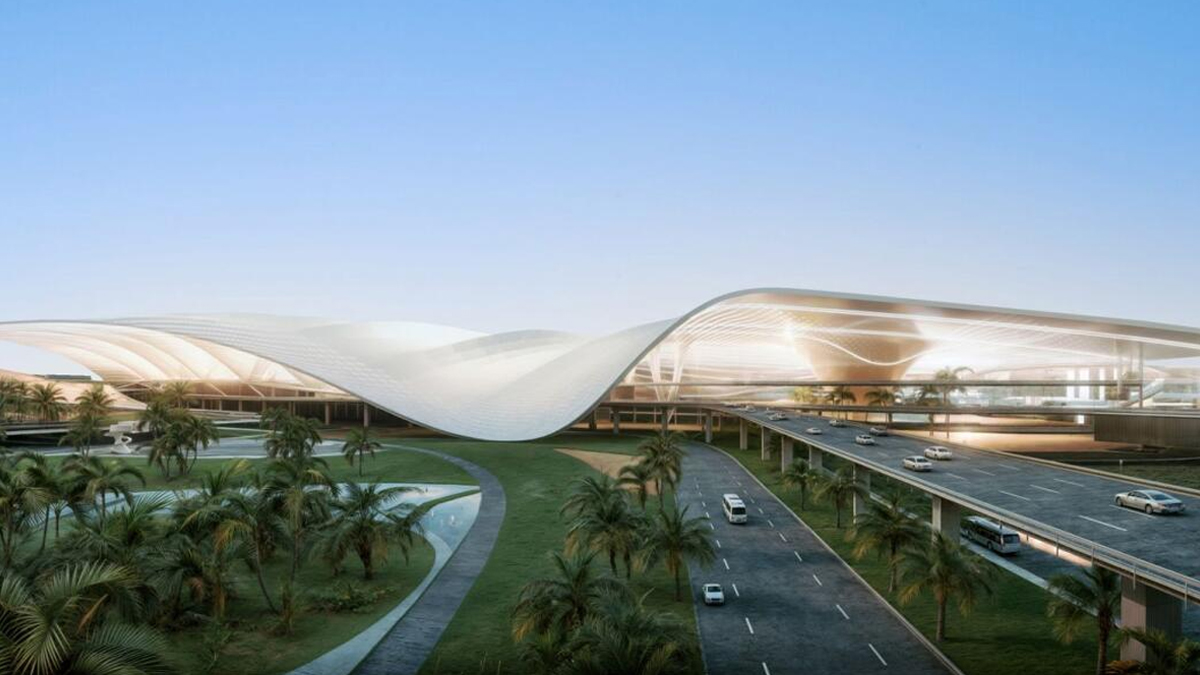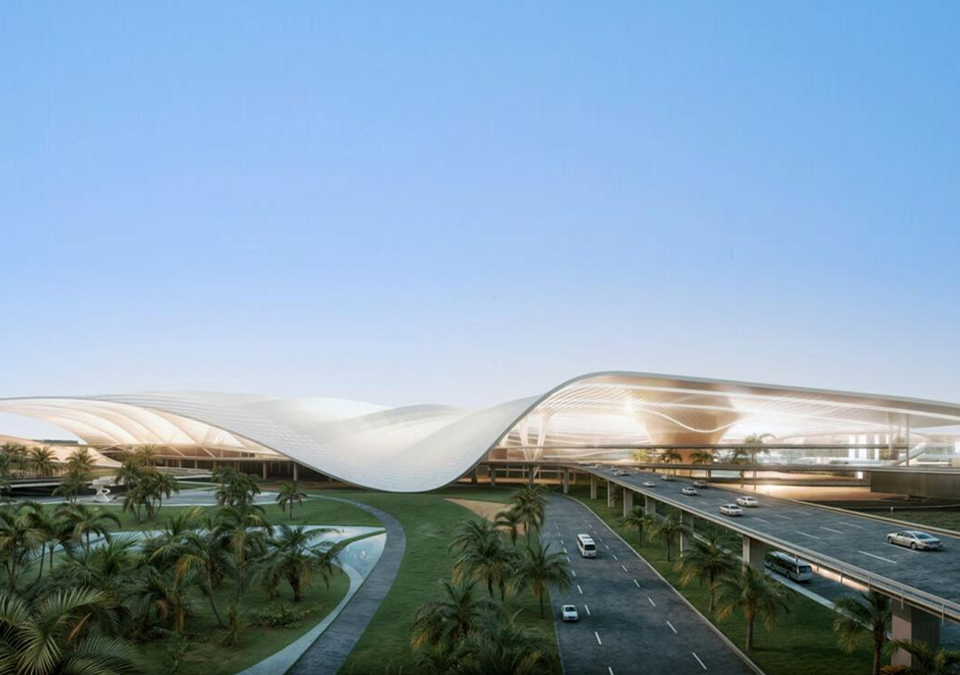
The recent green light from the Dubai Ruler for developing the new passenger terminal at Al Maktoum International Airport represents a momentous stride forward in aviation. This pivotal decision underscores Dubai’s unwavering commitment to advancing its air transport infrastructure. It also indicates a new era of possibilities for stakeholders worldwide.
The ambitious initiative entails a decade-long phased transition of all operations from the bustling Dubai International Airport. It will move to the state-of-the-art facilities at Al Maktoum International Airport.
Opportunities for Stakeholders in Dubai
For investors and industry professionals, this monumental undertaking presents a golden opportunity. It will redefine the global aviation landscape. By aligning with this transformative endeavor, stakeholders can leverage Dubai’s strategic location as a gateway between East and West. They can tap into its burgeoning aviation market and embrace the potential for sustained growth and innovation.
Furthermore, relocating operations to Al Maktoum International Airport opens up many possibilities for services. These include retail and hospitality ventures, as well as aviation-related enterprises.
The Dubai Ruler’s endorsement of the new passenger terminal at Al Maktoum International Airport signifies a landmark achievement for the Emirate. It represents a major step forward in its development. This milestone also showcases its unwavering commitment to advancing air transport infrastructure. Additionally, it creates a wealth of opportunities for those keen to embark on a journey of prosperity and success.
Economic Impact and Growth in Dubai
The groundbreaking Dh128 billion terminal project, set to begin soon under the Dubai Aviation Corporation, will revolutionize the global aviation landscape.
Set to the existing Dubai International Airport (DXB), the new facility promises to be five times larger upon its completion. This substantial expansion underscores Dubai’s unwavering commitment to remaining at the forefront of innovation and positions.
Moreover, the airport will usher in a new era of technological marvels. Groundbreaking innovations will redefine the experience.
The strategic location of the new terminal at the crossroads of global air travel routes primes it to become pivotal for international commerce.
As the project unfolds, it will generate a ripple effect across various sectors.
Al Maktoum International Airport aims to claim the title of the world’s largest airport. Its impressive final capacity will cater to up to 260 million passengers. As Dubai gears up for this monumental milestone, it’s not just about building infrastructure. It’s about setting the stage for a new era of global aviation dominance. With ambitions set high, Dubai is laying the groundwork to lead the international aviation sector for the next four decades.
Dubai South: A Visionary Airport City
Dubai South is set to become more than just an airport—it’s evolving into a bustling airport city, heralding a transformative era of growth and development. This ambitious undertaking is set to stimulate demand for an additional one million homes. It underscores the burgeoning opportunities in this dynamic urban landscape.
In a visionary statement, Sheikh Mohammed articulated the profound significance of this monumental project. He said, “We are not merely constructing infrastructure; we are shaping the future for generations to come.”
Dubai’s aspirations extend far beyond mere physical infrastructure. It is about cultivating an ecosystem that nurtures creativity, fosters prosperity, and enriches the lives of its residents.
Conclusion:
As Dubai embarks on elevating Al Maktoum International Airport into a global aviation hub, it does more than just build infrastructure; it shapes the future. With visionary leadership and unwavering commitment, Dubai sets the stage for a new era of progress, innovation, and prosperity. The transformative potential of this ambitious project extends beyond boundaries. It invites stakeholders worldwide to be part of a journey that will define the aviation landscape for generations to come.

